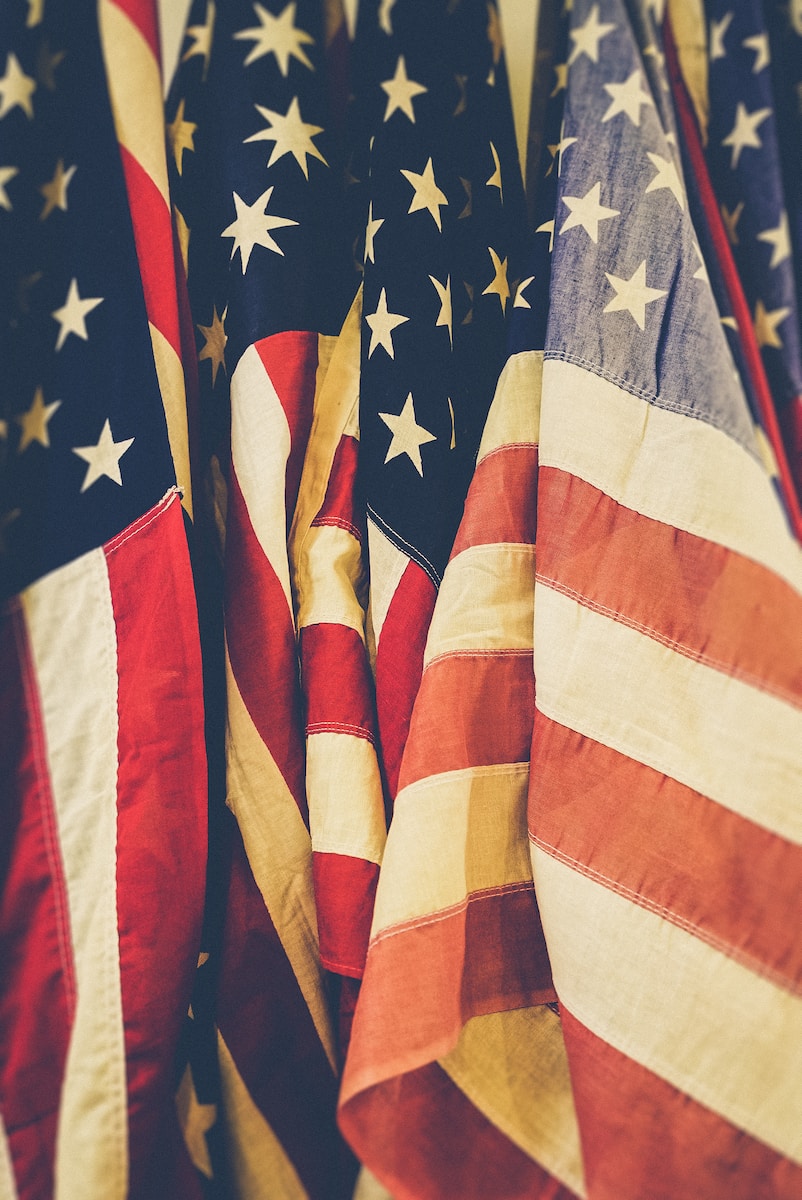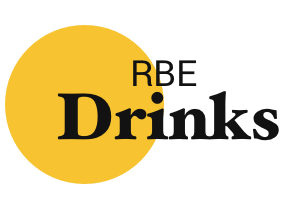
Unveiling the Three-Tier System: The Backbone of America’s Legal Alcohol Landscape
by Thomas Rosalia | November 27, 2023The American alcohol industry operates under a unique and intricate regulatory framework known as the Three-Tier System. This system, established in the aftermath of Prohibition, governs the production, distribution, and sale of alcoholic beverages in the United States. Understanding the Three-Tier System is essential for anyone seeking insight into the complex interplay between producers, distributors, and retailers in the American alcohol market.
The Birth of the Three-Tier System:
The Prohibition era (1920-1933) left an indelible mark on the United States, prompting a reevaluation of alcohol regulations. As Prohibition was repealed, lawmakers sought to prevent the monopolization of the alcohol industry and curb the power of large brewing conglomerates. In response, the Three-Tier System was born.
The Three Tiers:
- Producers:
- The first tier consists of producers, including breweries, distilleries, and wineries. These entities are responsible for manufacturing alcoholic beverages. Producers sell their products to distributors but are prohibited from selling directly to retailers or consumers in most cases.
- Distributors:
- The second tier comprises distributors, also known as wholesalers. Distributors act as intermediaries between producers and retailers. They purchase alcoholic beverages from producers and then distribute them to retailers such as bars, restaurants, and liquor stores. This tier ensures a level playing field by preventing producers from having direct control over the market.
- Retailers:
- The third tier encompasses retailers who sell alcoholic beverages directly to consumers. This category includes bars, restaurants, liquor stores, and other establishments authorized to sell alcohol. Retailers purchase their inventory from distributors and, in turn, sell it to consumers at a marked-up price.
Key Aspects of the Three-Tier System:
- Independence:
- The Three-Tier System aims to maintain independence between each tier, preventing undue influence or control by any single entity. This separation fosters fair competition and diversity within the alcohol industry.
- Regulation and Oversight:
- State regulatory bodies play a crucial role in overseeing and enforcing the Three-Tier System. Each state has its own regulatory framework, which can lead to variations in alcohol laws across state lines. This decentralized approach allows states to tailor regulations to their unique cultural and social landscapes.
- Alcohol Taxes:
- The Three-Tier System facilitates the collection of alcohol taxes. Taxes are often applied at each tier, with distributors responsible for collecting and remitting taxes to the appropriate authorities. This ensures that the government receives its share of revenue while maintaining a transparent financial trail.
Challenges and Criticisms:
While the Three-Tier System has been successful in achieving its intended goals, it is not without criticism. Some argue that the system can stifle innovation and limit consumer choice by restricting the direct sale of certain products from producers to consumers. Additionally, the evolving landscape of e-commerce and changing consumer preferences has prompted discussions about potential reforms to the system.
Conclusion:
The Three-Tier System stands as a testament to the resilience of the American alcohol industry in adapting to changing times. By maintaining a delicate balance between producers, distributors, and retailers, the system continues to play a pivotal role in shaping the landscape of alcohol commerce in the United States. As the industry evolves, ongoing discussions about potential reforms will shape the future of the Three-Tier System and its impact on the diverse and dynamic world of American spirits.
The Three-Tier System, a post-Prohibition regulatory framework in the U.S. alcohol industry, governs production, distribution, and sales. Producers, distributors, and retailers form distinct tiers to ensure fair competition. While criticized for potential limitations, the system remains a key player in shaping the dynamic landscape of American spirits, balancing independence, regulation, and tax collection. Ongoing discussions hint at potential reforms amid evolving consumer preferences and e-commerce trends.

